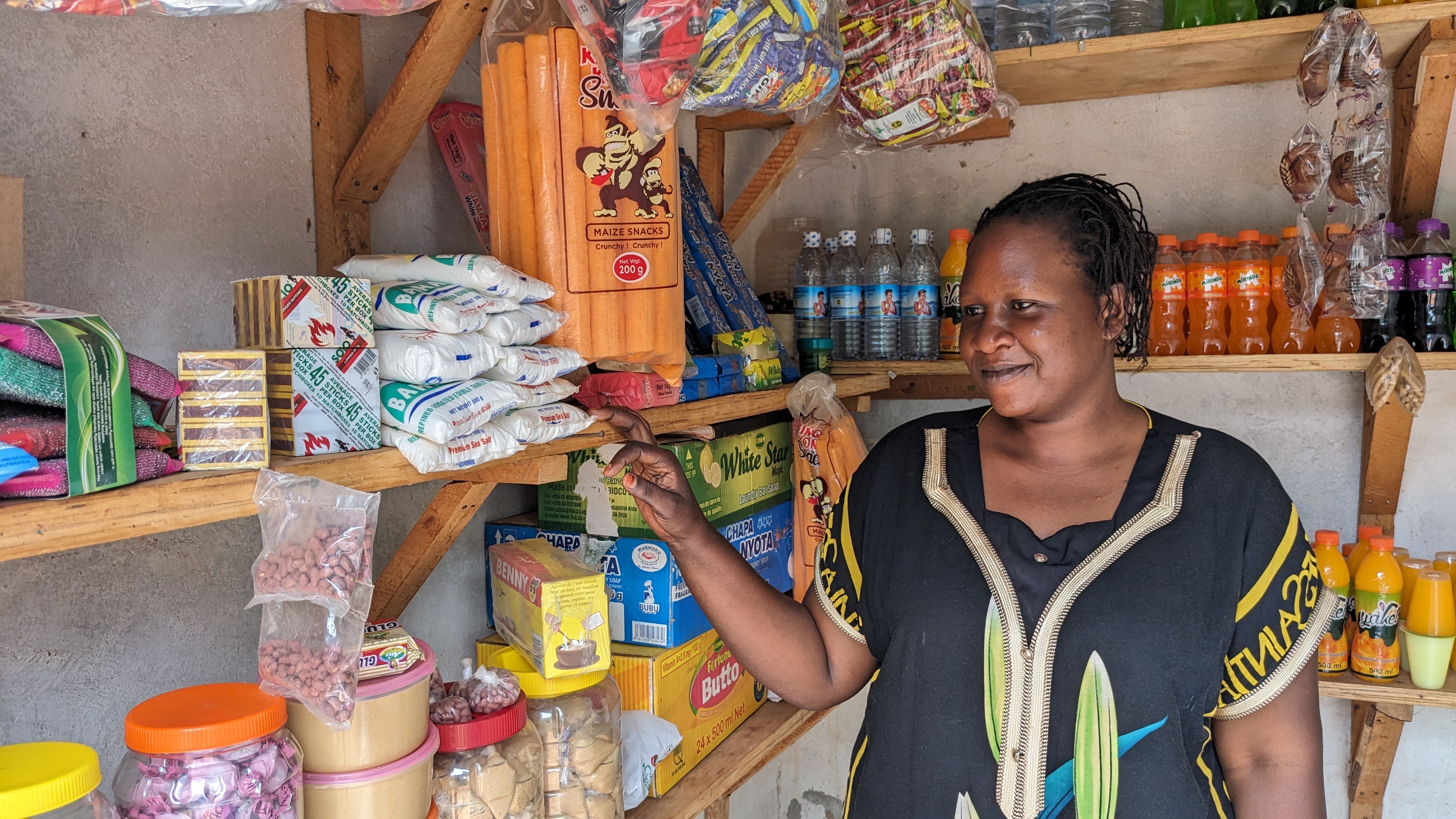Brittany Erikson of the Ray and Tye Noorda Foundation explains how their foundation has thought about meeting their annual giving goals and why as part of that they have given to the poor via GiveDirectly.
The end of the year is an exciting time at the Ray and Tye Noorda Foundation. It’s when grants go out to our partners; it’s when we solidify new partnerships; and it’s when we really start looking forward to the coming year and the social good we can help those partners accomplish.
But for some foundations, the end of the year may be a more stressful time. IRS giving requirements mandate that foundations give 5% of their assets to qualifying organizations each year, but many foundations have extremely slim staffing, meaning a limited capacity for finding and vetting new charitable organizations. When RTNF found itself in a similar position two years ago, we learned of cash transfers, an intervention that quickly stood out as a great option to not only fulfill our giving requirements, but to do so in a way we felt was responsible, impactful and even inspiring.
Why Cash Transfers
Cash transfers are a relatively new idea to many, as they were to us in 2015, but are actually one of the most well-studied ways to help the most vulnerable. After doing a little research and reflecting on our own values, which include placing a premium on evidence, efficiency, and respect for participants, we found them to be a great way to finish off the foundation’s spending for the year. Here are the main reasons they stood out:
- Demonstrated Impact. RTNF is a data-driven foundation. We are drawn to organizations that can demonstrate their impact through rigorous research and impact evaluations of their programs. We found that the evidence supporting cash transfers is incredibly strong and rigorously documented. While some may initially worry that just providing unconditional cash transfers might result in wasteful spending—or even worse, vice spending—study after study soundly dispel that concern. In the first study, World Bank researchers found that, if anything, spending on vices like alcohol and tobacco by recipients of cash transfers goes down. In the second study, recipients who received cash generally spent it wisely, increasing assets, earnings, and food security and decreasing domestic violence, with no impact on vice spending categories.
- Sensitivity to Western Paternalism. We’ve established that recipients of cash transfers experienced improved life outcomes, but what was just as attractive to us about cash transfers is the element of self-determination embedded in the model. The model is, simply put, empowering to individuals. It does not prescribe a predetermined solution or set of values, but affords participants the respect of being able to make their own life decisions. This attempt to preserve participant autonomy, we thought, was a wonderful thing.
- The Big Question. Over the past year and half, RTNF has been doing all we can to get on the fast track toward effective giving. Along the way, we’ve begun regularly asking ourselves what I refer to here as “the big question”, a question one of our partner organizations once challenged us with: “Is the intervention at least as effective as giving participants cash?” As a data-driven foundation that expects grantees to demonstrate the social return on philanthropic investments, we use this question as an important baseline against which to measure any program or intervention. This question is important because if an organization isn’t fairly certain that the program is improving participants’ lives at least as much as just handing them a wad of cash equal to the cost of the program, then the organization hasn’t done their due diligence. The vast majority of grant applicants we review can’t positively answer this question. We hope that as we and other funders continue to ask this question, the nonprofit sector at large will undergo a data revolution that allows us to answer this question or at least talk about it in an informed way. This will ultimately strengthen the nonprofit sector and, we hope, lead service providers and funders alike to the most effective interventions available. In the meantime, we can literally put our money where our mouth is by investing in direct cash transfers.
- Trusted Partner. Last, but certainly not least, as we considered investing in direct cash transfers to the poor, it was paramount to find the right partner. We feel confident we’ve found one of our strongest partners in GiveDirectly, an organization we trust not only in terms of their honesty and transparency, but also in their brilliance and humility. As an organization that has been heavily scrutinized by top vetting organizations (e.g., GiveWell, The Life You Can Save, Benckiser Stiftung Zukunft [archive link]), and in our own interactions with them, GiveDirectly has impressed us on every front. Finding a great partner in the work of cash transfers was so important for us, and as we’ve worked with GiveDirectly, we’re impressed not only by their direct services, but also the way they are contributing to and changing the conversation in the nonprofit sector about social impact and the necessity of good data.
Conclusion
In 2015, RTNF decided to donate the balance of our year’s giving goal to GiveDirectly to support their direct cash transfer program. For the foregoing reasons, we also believe cash transfer programs are great candidates to fulfill year end giving requirements for foundations that feel strapped for time to vet proposals. Unless foundations have identified nonprofit organizations that can demonstrate that the cost of their programs are justified and more effective than direct cash transfers, foundation board members and staff can feel good about simply giving poor individuals cash, directly.

